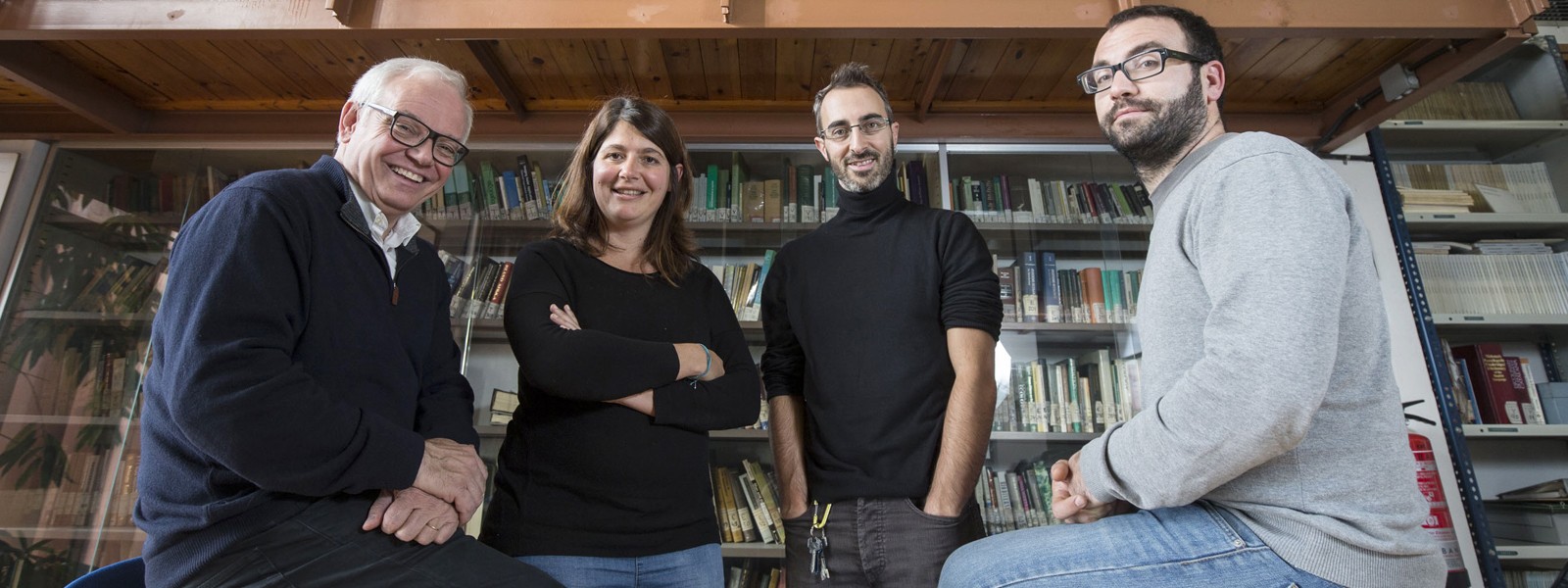DIRECTOR
MORE
Andrea GoriRESEARCH TEAM
Cristina Linares Prats, University of Barcelona; Josep-María Gili Sardà, Alejandro Olariaga, Jordi Grinyó y Carlos Domínguez-Carrió, Institut de Ciències del Mar; y Christine Ferrier-Pagés, Scientific Centre of Monaco (CSM).
COLLABORATING INSTITUTIONS
DESCRIPTION
The destructive impact of fisheries on habitat-creating species in the marine ecosystems of the continental shelf is only comparable to that of mass tree felling in terrestrial ecosystems. Trawling pressure has caused, and continues to cause, severe damage to populations of structural species like corals, gorgonians, black corals and sponges living in the trawled zones.
By combining diverse approaches such as experimentation under controlled conditions, field studies, and the direct involvement of local fishermen’s associations, the SHELFRECOVER project aims to implement and assess the effectiveness of the first ecological restoration pursuing the recovery of benthic communities along the Mediterranean continental shelf.
The project’s working hypothesis is that favoring the population recovery of the gorgonian species ‘Eunicella cavolinii’, the main habitat-creating species along the continental shelf off Cap de Creus (Girona, Spain), will favor the recovery of the whole community.
Laboratory experiments under controlled conditions will determine the optimal density of gorgonians for their subsequent in situ transplantation, understood as the spatial distribution that maximizes their fitness and ecological capacity. The restoration will be effected in an area of the continental shelf that suffered trawling damage in the past, but has recently been included in the Nature 2000 network. Dispersed colonies of gorgonians will be collected and anchored in an optimal spatial distribution in steel structures that are then placed along the continental shelf. An assessment of system responses post-restoration will involve monitoring both the survival of the transplanted colonies and the evolution of the diversity and biomass of the associated fauna.
Finally, the team will draft technical guidelines for restoration actions targeted on deep-sea populations of gorgonians and corals for application in other marine protected areas.

